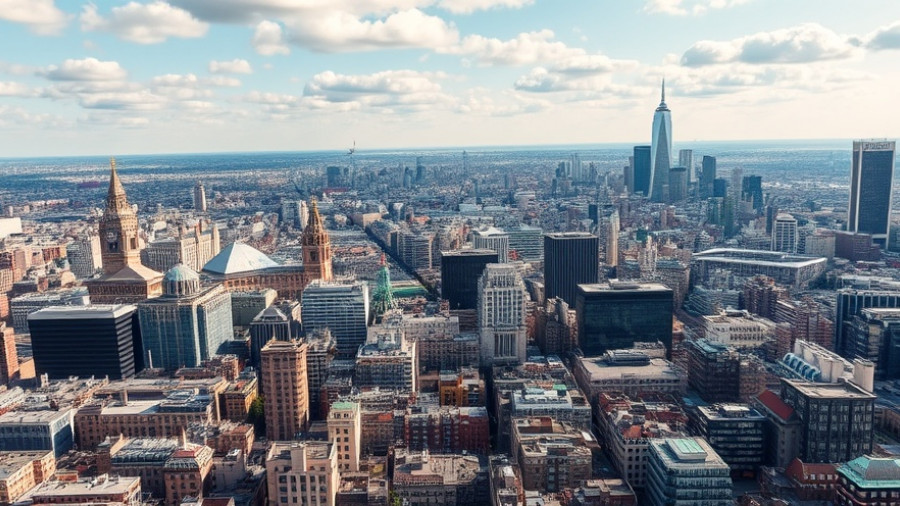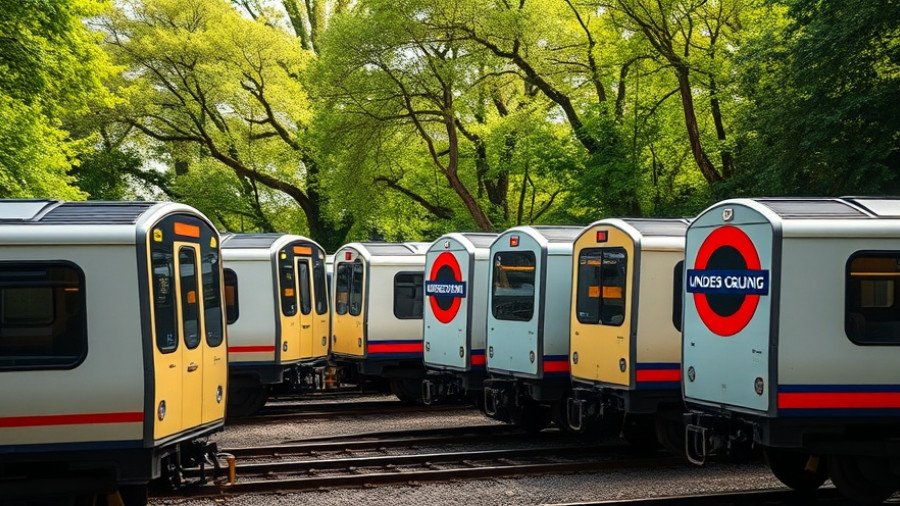
The Gripping Case of Abdullah Albadri: A Harrowing Accusation
The recent charges against Abdullah Albadri, 33, have sent shockwaves through London. Accused of planning a potential terror attack on the Israeli embassy, Albadri's case raises significant questions about security and motivations in modern London. He formally entered a not guilty plea, denying serious allegations of engaging in acts prepared for terrorism on April 28, which included carrying two knives to the embassy's location in Kensington.
Examining the Allegations: What Happened?
According to the charges, Albadri's preparations involved alarming elements, such as a martyrdom note and multiple attempts to access secure embassy grounds. These allegations may reflect broader trends in urban terrorism, where infiltration attempts on diplomatic sites become increasingly common. The Old Bailey is set to hear this crucial trial, aimed at understanding not only the motivations behind the alleged plot but also the state of counter-terrorism efforts in the UK.
Context of Recent Security Threats: A Broader Perspective
The accusations against Albadri are not isolated but converge with a seemingly growing wave of terror-related incidents targeting embassies in London. Notably, a recent alleged plot involving five Iranian men aimed at the same Israeli embassy was foiled, with police apprehending suspects who reportedly had contacts with Iran’s Islamic Revolutionary Guard Corps (IRGC). This troubling pattern underscores the complexities of international relations and the real risks posed by extremist factions.
Counter-terrorism Measures: Are They Enough?
With ongoing threats such as those alleged in Albadri’s case, there is a pressing need to evaluate the effectiveness of London’s counter-terrorism framework. Home Office Minister Dan Jarvis recently described the arrests tied to such plots as some of the largest in recent years, emphasizing the police's commitment to addressing potential threats to national security. The question remains, though: How can communities strengthen their vigilance in light of these alarming incidents?
What This Means for London Residents: An Emotional Connection
For young homeowners and families in London, stories of thwarted attacks can incite a mixture of fear and resilience. The prospect of a terror act impacts many aspects of urban life, instigating discussions about safety, communal responsibility, and the everyday realities of civic engagement. As we navigate these stories, it is vital to foster connections within our local communities, emphasizing the shared responsibility for safeguarding our neighborhoods.
Calls for Community Action and Awareness
In light of these recent events, it’s essential for residents to engage actively with community safety initiatives. This could involve participating in local crime watch programs or attending public discussions with law enforcement on safety measures. By fostering an environment of awareness, residents can work together to ensure London remains a sanctuary for all, regardless of circumstance.
Staying informed and proactive can help residents contribute to their communities’ safety. Sign up for local updates or community groups to remain vigilant and connected. Communities thrive on strong bonds; let’s work together and keep London safe for everyone.
 Add Row
Add Row  Add
Add 




Write A Comment